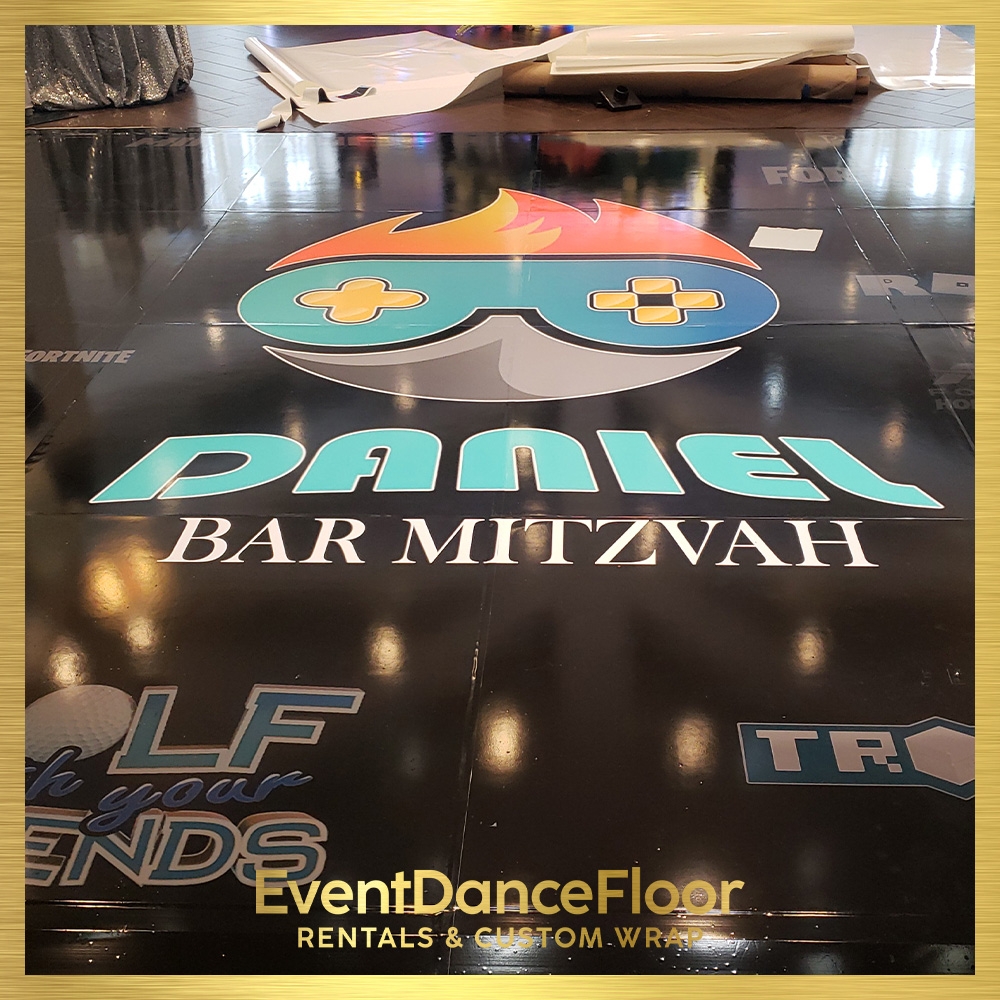Dance Floor Technology and Innovation
How does LED technology enhance the visual effects on a dance floor?
LED technology enhances the visual effects on a dance floor by providing vibrant and customizable lighting options. LED lights can change colors, brightness, and patterns quickly and seamlessly, creating dynamic and visually stunning displays that synchronize with the music and atmosphere of the dance floor. The energy-efficient nature of LED lights also allows for long-lasting and cost-effective lighting solutions that can transform the overall look and feel of the space.
When it comes to creating unforgettable events, staying updated on the latest dance floor technology and innovation is crucial. To learn more about Dance Floor Technology and Innovation, visit: https://dance-floor-rentals.s3.amazonaws.com/index.html. Incorporating cutting-edge technology into dance floors not only enhances the overall ambiance but also provides an immersive experience for guests, making every moment memorable.








